Rebecca, Netflix’s new release from director Ben Wheatley, captures the visual richness of gothic literature and translates it to the screen. Based on the 1938 novel Rebecca by Daphne du Maurier, which was also made into a film by Alfred Hitchcock in 1940, this film gives new life to the familiar people and places of the original story. Actors Lily James, Arnie Hammer, and Kristen Scott Thomas give remarkable performances. The generous use of low-key lighting, stunning colors, and snippets of non-linear editing in key places give the film a timeless feel that embraces the mystery and thrill of the gothic genre.
Lily James is the heroine of the film who, with no first name given to us, is referred to as simply Mrs. de Winter after she marries Maxim de Winter (Arnie Hammer). As she tries to get used to her new place as the mistress of Manderley, Maxim’s estate, she finds herself constantly battling to get out from the shadow of the former Mrs. de Winter (the title character Rebecca) who died not long before. She feels that she is constantly being compared to Rebecca and found wanting by both her husband and the staff of the house. Kristen Scott Thomas’ character, Mrs. Danvers the housekeeper, in particular is fond of Rebecca and seems from the start to be against the new Mrs. de Winter.
The opening of the film uses a voiceover narration straight from the beginning of the novel. The dark, shadowy blues and ominous reds of the narrator’s dream of Manderley soon give way to yellows, greens and oranges in a scene which looks back in time to show our heroine on vacation with her wealthy employer, Mrs. Van Hopper, in a lovely, sunny and bright Monte Carlo. Here she meets Mr. de Winter who she falls in love with and marries by the end of the week. The colors in this scene are vibrant and bright showing the hope she has of getting out of her monotonous, meaningless life and being able to see the world.
When she enters the house at Manderley, a sudden downpour dampens the colors that accompanied the drive to the house. Our first introduction to Mrs. Danvers is in a front room lit only by the big windows on one wall, casting half of her face into shadow. This use of low-key lighting along with the dark clothing she has on and Kristen Scott Thomas’ austere acting connects her back to the ominous introductory narration and gives us the hint that she is what makes this idyllic life darken to the point that it haunts our main character’s dreams.
While I really enjoyed the use of color throughout the whole film, one scene in particular struck me as well done in this regard. After talking with Maxim’s friend Frank (Tom Goodman-Hill) about Rebecca, the heroine goes into the mysterious wing of the house where the first Mrs. de Winter used to live. The whole suite is an icy blue that washes out our main character and matches her sweater to the point that it almost absorbs her into the walls. She is just another object in this house that still in so many ways belongs to Rebecca. This is a visualization of the kind of person the dead woman is later revealed to be.
We already know at this point that the heroine feels as though she is being compared with Rebecca. She thinks that Maxim is still in love with his dead wife and tries to be what she believes he wants. She is sitting in front of the mirror in Rebecca’s room that is edged with sharp, twisted black metal and is listening to Mrs. Danvers muse “I wonder what she’d think about you?”. The visual presentation of the room gives a glimpse into the inner thoughts of the characters that draws on the intense interiority and emotion of the original novel’s style.
This style of playing with the timeline is shown in another way in two places in the film. In the beginning right after she has just had breakfast with Maxim for the first time the editing cuts back and forth between the same two shots of her standing and watching him walk up the stairs away from her and her going back to her room and collecting herself. Her mind keeps wandering back to what just happened and it is shown through these quick flashes of editing. The same thing happens near the end when the camera cuts between shots of her getting ready and her going to the courthouse for the trial. This time she is steeling herself for what will happen. She is ready to take control of her own life rather than the other instance of this where she keeps looking back.
Overall this was a very enjoyable remake of the classic novel. The sophisticated use of color and lighting, combined with the strong narration of a woman trying to find her place in a new world for her makes for a great film. I remember reading the book in my tenth grade English class and watching this now gave me just the same feeling. I highly recommend giving it a watch, even if you aren’t familiar with the earlier versions of the story.

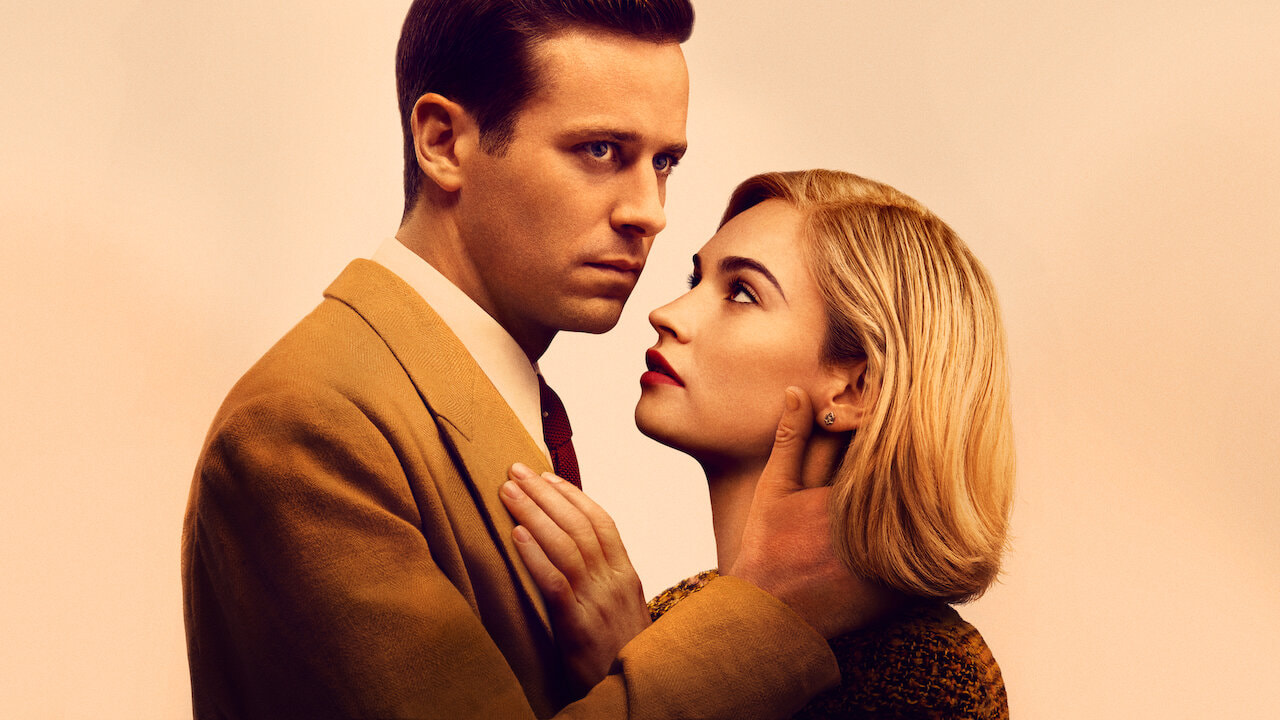
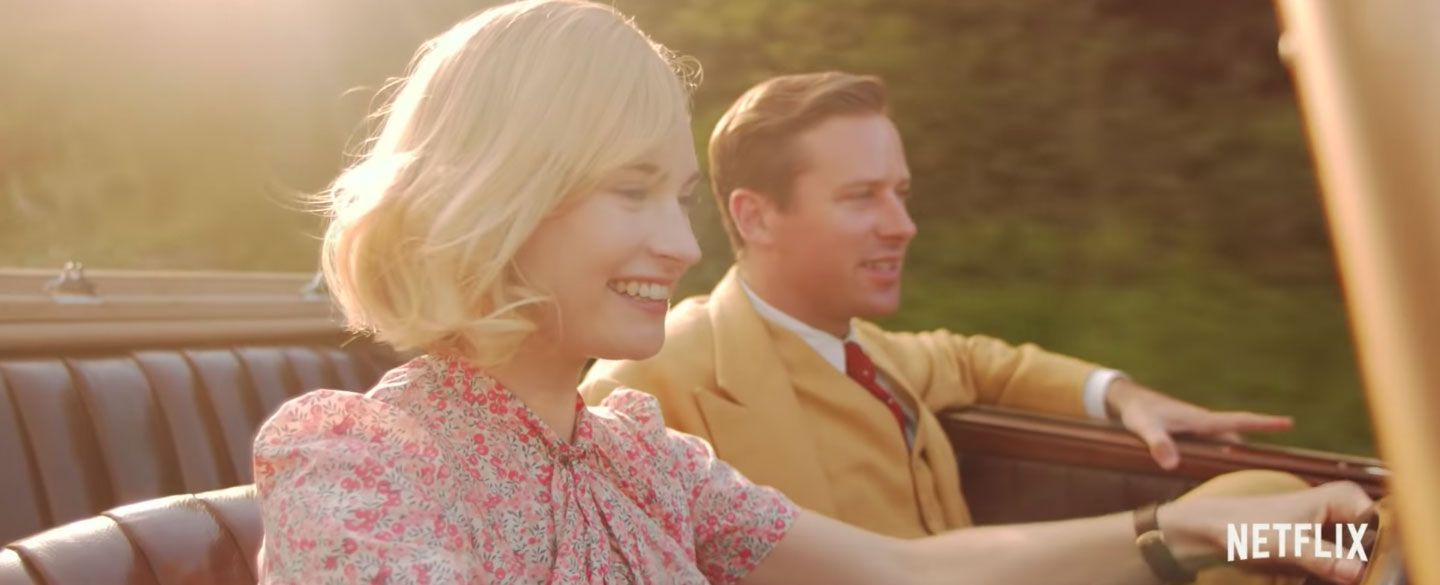
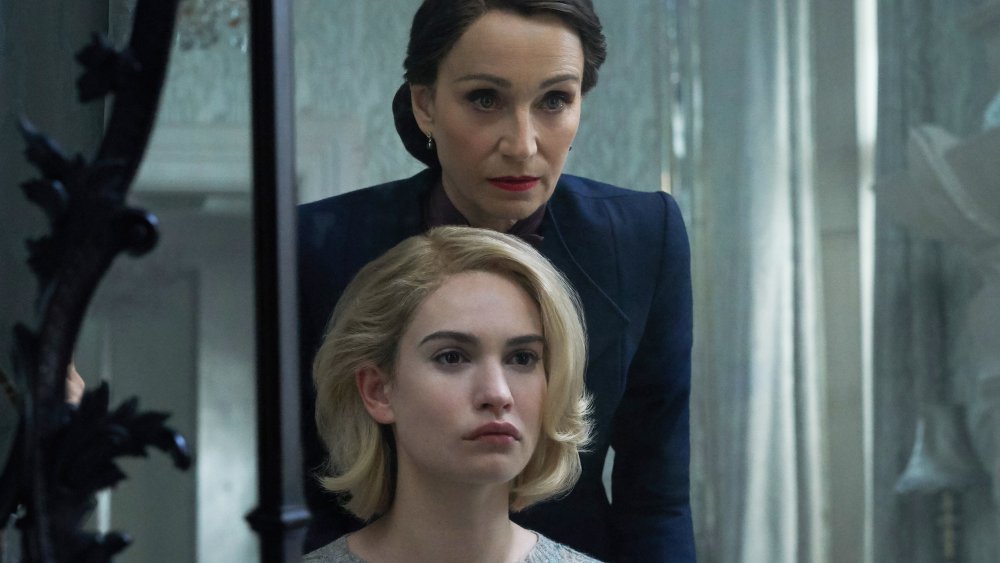
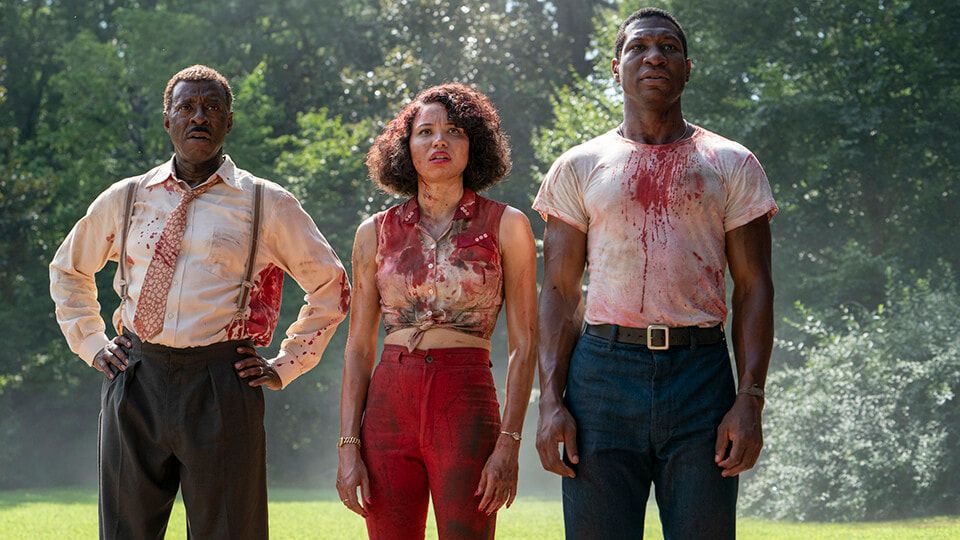
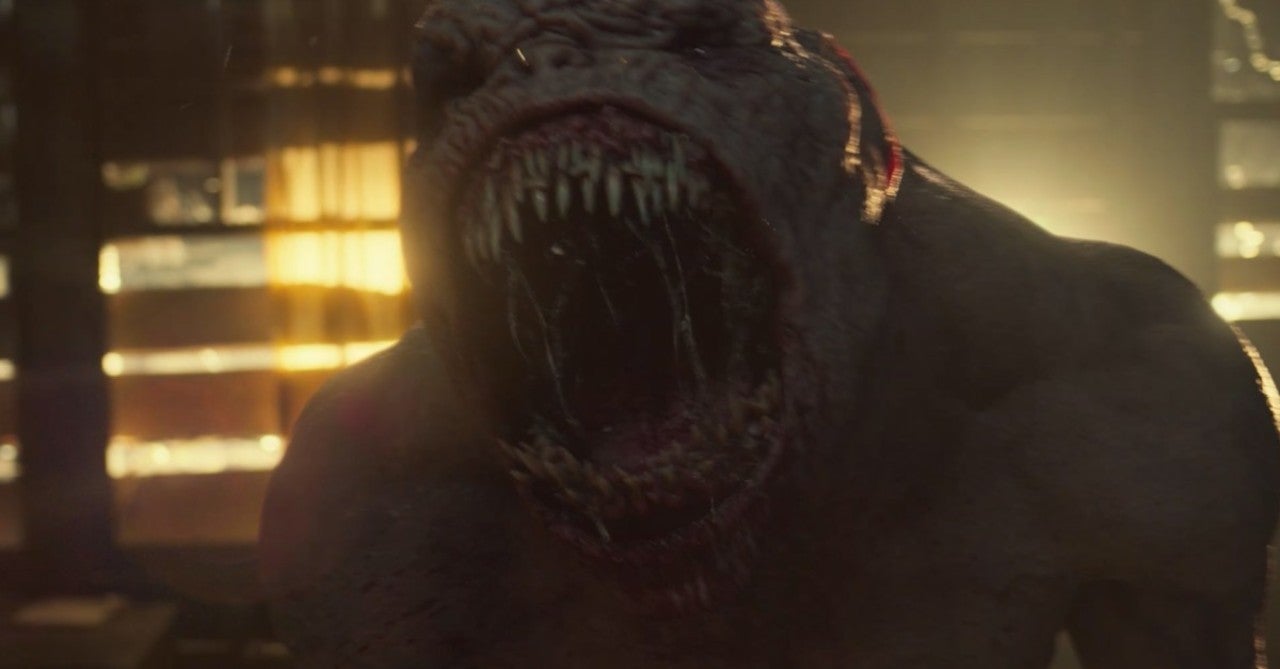
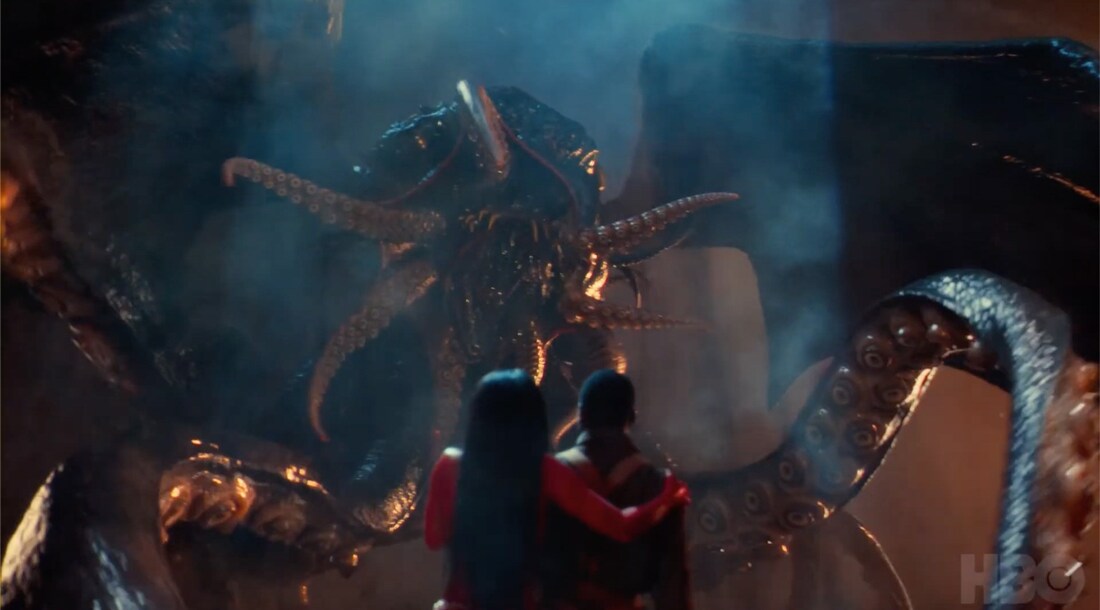
 RSS Feed
RSS Feed
